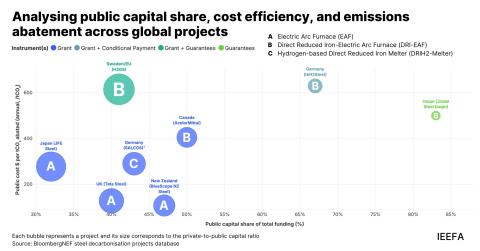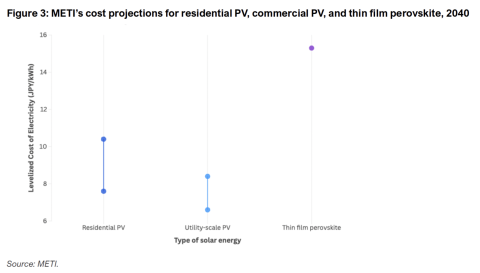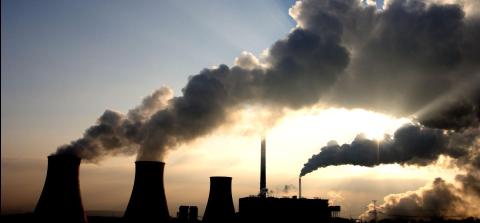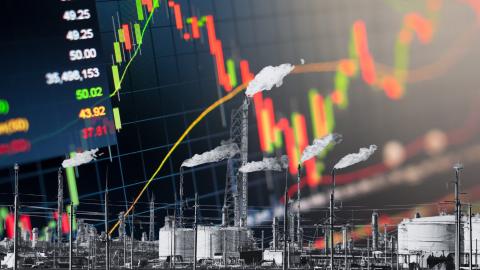Petrochemicals: Rising signs of a secular decline?
Download Briefing Note
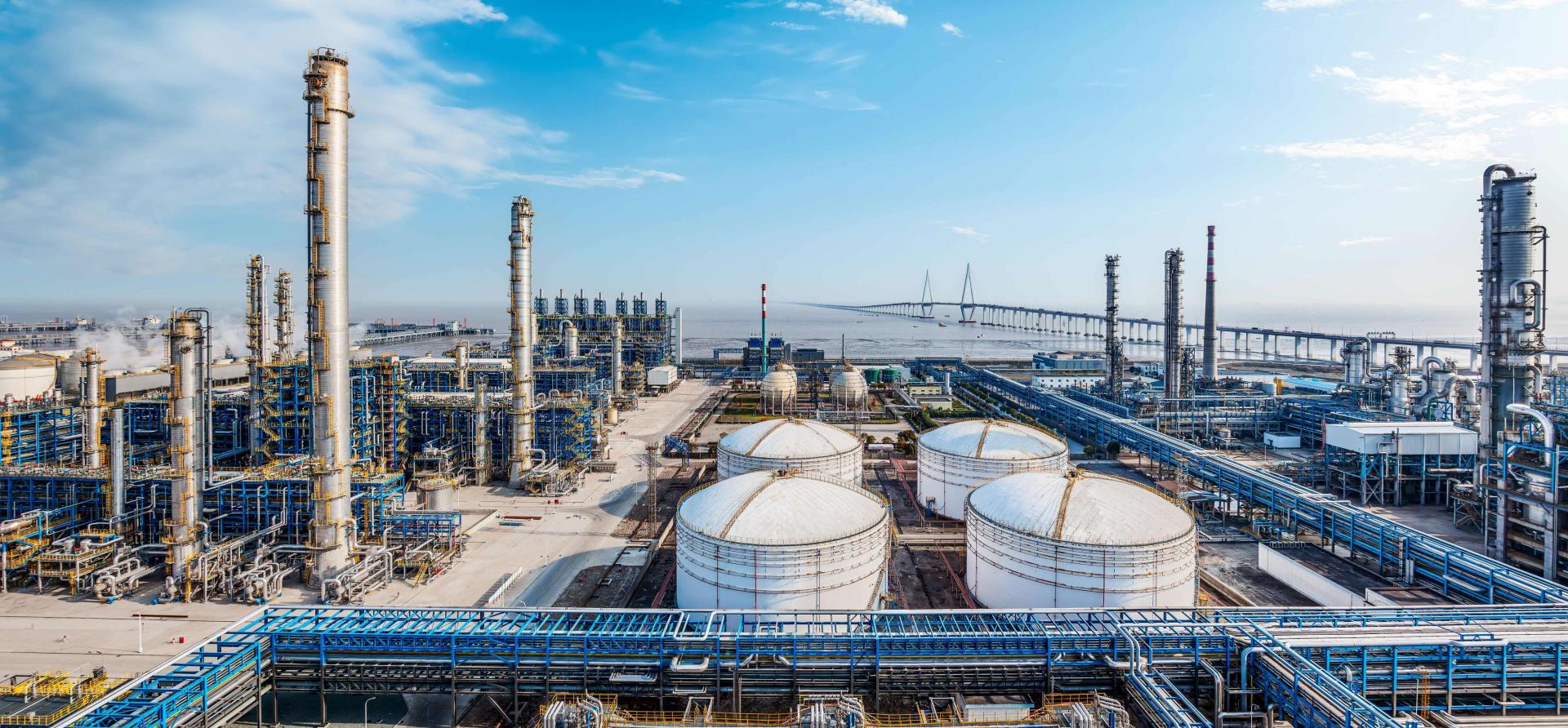
Key Findings
Petrochemical market conditions are reminiscent of the coal industry’s decline.
A confluence of factors today—slowing economy, aging population in China, sustainability growth and a realigned geopolitical landscape—are reshaping the petrochemical market outlook.
The pivot to petrochemicals reflected an industry recognition of the current and future decline of the upstream and downstream oil and gas sector.
There are many options that companies, countries and the industry can choose to reduce plastics pollution and the petrochemical industry’s carbon footprint.
Introduction
A confluence of factors today—slowing economy, aging population, sustainability growth and a realigned geopolitical landscape—are reshaping the petrochemical market outlook. These factors play out against China’s historical dominance of the petrochemical markets. Many of the trends are reminiscent of the coal sector’s decline in the United States.
From 2008-12, some of IEEFA’s staff attended U.S. and international coal industry conferences. We thought it best to supplement our education with observations from the horse’s mouth. The timing of our attendance during this period was fortuitous.
Industry leaders were initially upbeat: They offered sure-handed, surgical claims to mine rich coal veins in Appalachia. And when that didn’t work, they could cut down the mountain and extract coal with dynamite. Other strategies included leasing coal in the Powder River Basin to serve the 150 new coal plants blessed by the Bush-Cheney administration and/or build new terminals off the West and East Coast, and out of Louisiana and Alabama. The export options seemed limitless; in part, it was to feed China’s seemingly insatiable coal appetite. The international front was also abuzz over a new Australian coal mine. One of the most vocal proponents, then-CEO Greg Boyce of Peabody Coal, hailed this growth as a new super cycle for coal.
Increasingly, though, the industry leaders were being warned, first by utility executives who came with messages of smaller annual procurement budgets. Then, good friends of the industry came in with horror stories of creeping regulatory incursions. Still others came complaining about environmentalists.
A few recognized the environmental factor was more than a nuisance. They said the environmental movement had meaningful staying power capable of identifying targets and market shifts to show that new coal plant plans were ill-advised. One observer summed it up: Markets empower the environmentalists and environmentalists empower the markets. The 150 new coal plants were ultimately defeated. Eventually, some of coal’s stalwarts in the banking and finance sector came in with stronger communications: The dumb money is in coal.
Finally, in a 2015 investor presentation, Arch Coal called it what it was: A secular decline.
It started in Appalachia, as thinning coal seams led to a disastrous plan to blow up mountains. The ballooned price of high energy content coal just wasn’t able to compete in the domestic energy market. And the public opposition to “mountain-top removal” was vociferous.
Then, circa 2008, came fracking and the death knell of Appalachian thermal coal. The secular decline was now firmly embedded in coal’s forward trajectory: Any one factor could be considered cyclical, but most of the risks had staying power Low competitive prices from fracked natural gas; growing competition from wind and solar energy; lower prices for coal in response to the competition; rising costs of coal production (including construction costs driven in part by energy demand in China); failed export plans; and a broadly determined network of environmental and climate voices, the confluence was overwhelming. These were increasingly long-term forces tamping down the coal industry.
Natural gas prices, as well as successful wind and solar power generation, were taking the U.S. coal industry by storm. In 2005, coal use peaked at 1.1 billion tons per year, dropping to just under 600 million tons per year in 2023. The term “troubled” and “coal market” now started and ended most sentences about coal’s outlook. Countries without a strong indigenous gas market saw coal’s loss of market share to low cost wind and solar happen precipitously. A new chapter of wind and solar vs. natural gas was ushered in at the same time was being displaced.
The rise of natural gas and public opposition to coal supported new solar and wind investments and the firm secular decline of coal set in across the industry.
We now examine the case for petrochemicals as a sector in secular decline. The petrochemical secular decline we see is being driven largely by four factors: Slower global growth; an aging Chinese population that is also growing poorer; sustainable markets chipping away at fossil fuel market share; and a geopolitical realignment that is interjecting new forms of uncertainty into trade relations.









